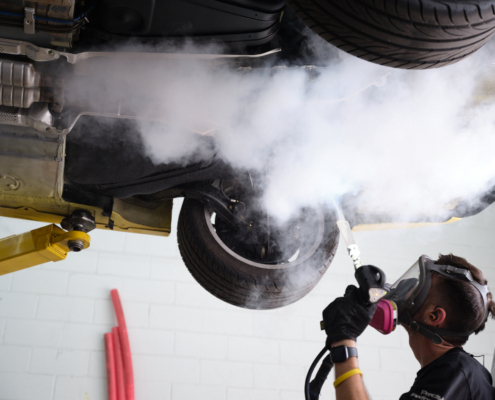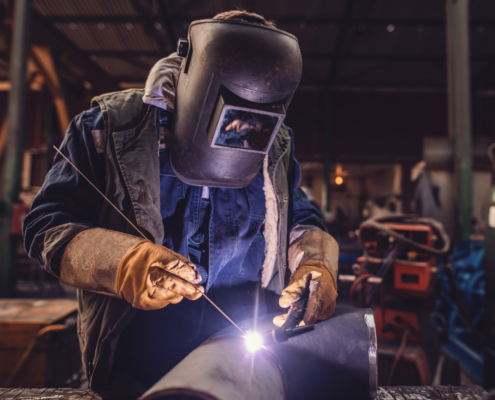Managing Welding Fumes and Gases: A Guide for a Safer Workspace
Welding, an essential process in numerous industries, generates fumes and gases that can pose significant health risks to workers. These emissions, a complex mixture of metallic oxides, silicates, and fluorides, can lead to serious respiratory conditions, neurological problems, and other health issues if not properly managed. This blog post delves into effective strategies for managing welding fumes and gases, ensuring a safer and healthier workplace for welders.





